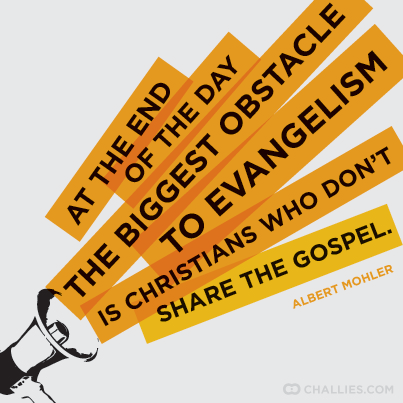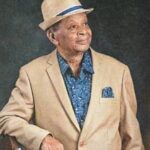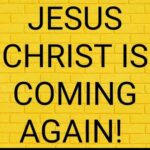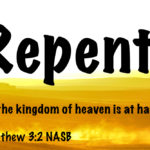Introduction: If you were asked to identify critical roles within the Circuit/Local church, which would top your list? For example in the airline industry, l believe, many might say the pilot because they are highly skilled and must safely operate the aircraft. The question is what about the flight attendants, bag handlers and ticket agents? This introduction is primarily intended for the profit-oriented business organisation in a world of business, yet it speaks volumes to leaders in the Circuit/Church today bearing in mind that the world is our parish. Indeed, the Church as the redemptive agent is called to be a pattern for society and not vice versa. The reflection is that, ‘the Church, which founds its indicative and imperative values upon the biblical text, can be a blessed pattern to society.’
It is good to identify critical roles that can significantly impact the Circuit organisational, missional and spiritual strategy, execution, membership growth and spiritual development. Identifying critical roles create a long-term spiritual and missional advantage thereby making it essential for the church leaders to ensure that members are discipled and mentored so as to ensure right peg in the right hole.
In order to identify our roles within the church/circuit organisation, it is important to objectively evaluate the essence of the church/circuit and identify the values it represents in relation to the roles that would have the most impact on its long-term vision, mission, spirituality and growth. Once identify, it is easier to nurture and disciple members thereby building up gifts, talents and profiles for each roles. John Wesley launched a movement with emphasis on both personal and institutional roles, renewal, and revival. Without any desire to parent a new branch of the Christian Church, his role and vision was to bring life back to Church of England of his day and reach the world for Jesus Christ. Wesley’s role led to his model for renewal including small groups known as societies, classes, and bands
In Matthew chapter 20, Jesus identifies the natural oppressive nature and element of human forms of governance: “the rulers of the Gentiles lord it over them, and their great ones are tyrants over them” (v 26). In essence, Jesus’ ministry came at ‘a time when frustration with Roman occupation of Israel was high and there was great anticipation for a political and eschatological Messiah that would cast off the bonds of this foreign empire …’ Jesus’ ministry provides a template on the essence, priority, and values of the church and leadership (Exodus 3:7-10; Matt 28:19-20). Beyond a hierarchical model of leadership, Jesus’ missional design provide a new model of leadership towards which the disciples could aspire and engage with the world through mission and evangelism.
Bearing in mind the controlling functions of hierarchy, record keeping that motivates effective performance, ‘usually through reward or punishment, Jesus’ model of leadership invite us to live our lives as a ransom: “Just as the Son of Man came not to be served but to serve, and to give his life as a ransom for many” (Mt 20:28).
A connectional missional mutual engagement encourages clergy and laity to serve together to achieve the mission of the church, which is making disciples of Jesus Christ for the transformation of the world. The primary work or roles is therefore one of leadership rather than management. There is an important distinction to make. Leadership role is the visionary, ‘big picture’ work and roles that assesses critically where the congregations are at the present moment, where God is calling them to be in the future, and what resources will be required to move from the current reality into the missional reality. Management role is the essential ‘detail work’ that must be accomplished on a daily basis to make the circuit effective.
For Wesley, leadership and management was a matter of faithfulness, growth and accountability and when one demonstrated these characteristics they could move on up the ladder of leadership. Wesley identified his role of empowering and identifying people to take on effective spiritual and management leadership.
Our CPD explained the nature and purpose of the Circuit as the primary unit which local Churches express and experience their interconnexion in the Body of Christ, for the purposes of mission, mutual encouragement and help (p. 454). The understanding of our purpose as a Circuit is essential to identifying our leadership and management roles. According to the Standing Order 515, ‘The Circuit Meetings … shall exercise that combination of spiritual leadership and administrative efficiency which will enable the Circuit to fulfil its purposes as set out in Standing Order 500, and shall act as the focal point of the working fellowship of the churches in the Circuit, overseeing their pastoral, training and evangelistic work.’
To identify our role centres on our ‘doing’ and ‘being’ as Methodist people. It is in our ‘being’ as a true Methodist Christians that our ‘doing,’ that is our roles could best be identify and used effectively for God’s mission and evangelism.











Hi, nice observation. Leadership is a concept that is difficult to capture. You know it when you see it, but it is difficult to quantify. The components of leadership are often examined and observed, but the ability to predict successful leadership has thus far avoided the confines of a repeatable recipe. Many approaches have been used in an attempt to document commonalities among successful leaders, but only with mixed results at best.
Thanks and God bless.